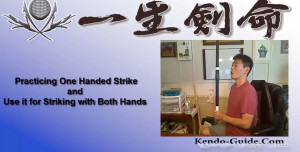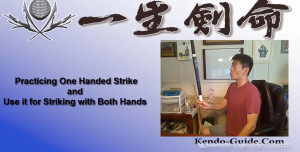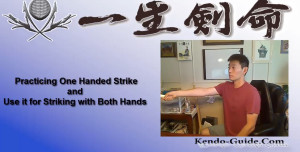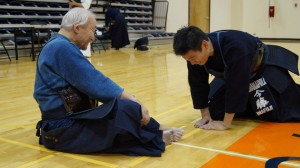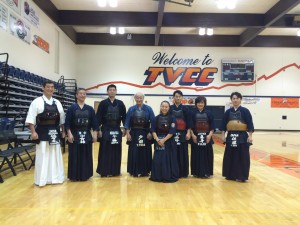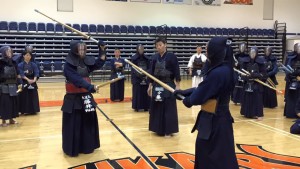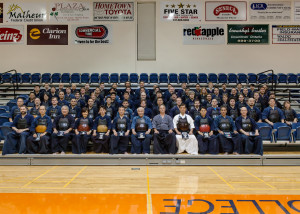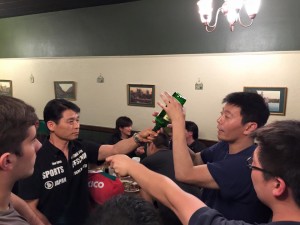This article is for those who are still looking for a dōjō. I understand it is very hard for you to find a dōjō. So here are three tips until you find a dōjō you can attend to.
1. Find Good Resources: No Good Info, No Good Kendo
It is very important for you to find good resources. Thanks to the Internet, we have access to a lot of resources. However, if you don’t know what you’re looking at, you might be getting resources that you don’t really need.
Learning kendo has 2 parts; one is to gain knowledge and the other one is to actually perform/practice.
If you don’t have good knowledge on good kendo, how would you be able to practice good kendo?
Now for a beginner, even when found good resources, sometimes they are too advanced. Gaining information/knowledge is important but you have to be careful with filling yourself up with unnecessary information.
More Info, More Confusing

If you haven’t started kendo, make sure to get information on the basics. The basics include etiquette/manners. These are very important in kendo and if you don’t know those, you will be considered as a rude person.
I want you to be very careful with getting too much information. Even when you find several good information on kendo, they might not be saying the same things on the same matter. Here is an example, “how to bow”.
There are two ways of bowing when in our setting position; one is to bow when the left hand on the floor first and the right hand follows. And the other one is both hands on the floor at the same time.
The first bow is considered more traditional and the other one is the one International Kendo Federation decided to apply due to internationalization of kendo. I am not sure the reasoning behind that but I know why we put the left hand on the floor first. That is because, that way, we can reach our sword that is placed on the left hand side and can draw it out when necessary.
So even when you get several different resources you might not get exactly the same teachings. That makes you confused.
If you find one good resource then you should stick to it. Now it might sound very dangerous but that is why it is very important to find one good resource.
Take Time to Find A Good Resource
If you need to take time, this is the thing you have to spend a lot of time. You have to spend a lot of time to get good resource.
2. Do Not Swing Your Sword Yet
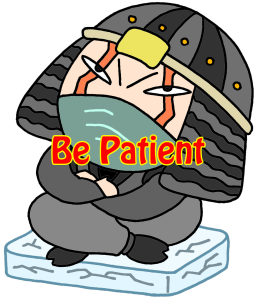 You might think that is very weird thing to hear when you learn kendō. Yes, you are learning the way of the sword so you think you have to learn how to swing your support. That is true.
You might think that is very weird thing to hear when you learn kendō. Yes, you are learning the way of the sword so you think you have to learn how to swing your support. That is true.
But if you think about it, you don’t have an instructor to show you what to do. You don’t have an instructor to correct you. Under such circumstances, can you imagine how bad your kendo will be?
If you just want to play with a wooden stick, you shouldn’t be learning kendo. You just go ahead and play with a wooden stick. But if you want to learn proper kendo, you have to learn certain things in certain ways.
Etiquette and Manners First
If you do not know how to bow, no one will even teach you how to hold your sword. In Japanese martial arts, we say, “Begin with a bow and end with a bow”. In Japan we bow to each other when we greet each other. Most importantly, the bow has to be done with respect.
Are You Even Eligible to Do Kendō?
Now this respect is not only towards your training partner. It is towards yourself. It is towards your training place. It is towards your training equipment. You should have respect to everything around you. Without that, you cannot do Japanese martial arts. No. I should say you are not allowed to train martial arts. I should add “appreciation” to the words, “Begin with a bow and end with a bow”. You must have respect and appreciation when you train martial arts and also in your daily life.
This is the first thing you have to learn in kendo. You will be well respected when you start going to a dōjō, if you learn these now.
3. Don’t Spend Least

The Internet makes our life very easy. You can buy kendo equipment online. But you have to very careful with online shops.
Do you know what wooden swords look like? Yes? That is great. Now do you know there are various types of wooden swords? Yes? That’s great. And the question is… Do you know which one is for kendo? Now do you think you can trust online shops?
Many of my students didn’t listen to me and then purchased the cheapest kendo equipment they could find online. They purchased fake kendo equipment or wrong equipment.
If they spent five more dollars or ten more dollars, they could’ve gotten the right kendo equipment. As a result they had to spend more money to get the correct kendo equipment.
More importantly, even though you’re not going to a dōjō because there are no dōjōs close by, in the future, you will need a training partner. And if you do not have the correct kendo equipment but fake kendo one, you might hurt your training partner.
I remember some of my students purchased bamboo swords or shinai from online shops. I told them they could not use their shinai right away soon as I looked at their shinai. They are completely fake ones. They would hurt their kendo friends right away if they used their shinai.
That’s not their fault. I blame these online must last shops that don’t know about kendo at all. However, they should have listened to me when I told them to tell me when they would purchase kendo equipment online.
You differently have to purchase kendo equipment from kendo shops. Not online martial arts shops. You can find some martial arts shops from here.
If you have a question, please do not hesitate to ask.
Hope this helps.


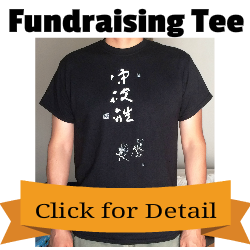
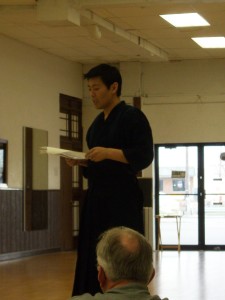
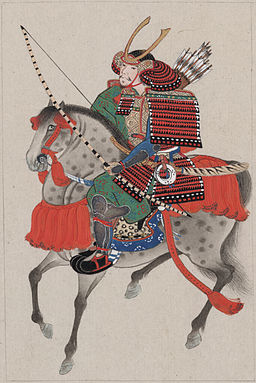
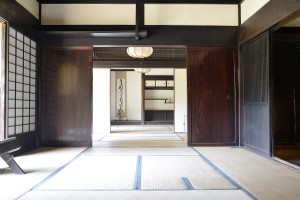

![By 唐山健志郎 (唐山健志郎) [GFDL (http://www.gnu.org/copyleft/fdl.html) or CC-BY-SA-3.0 (http://creativecommons.org/licenses/by-sa/3.0/)], via Wikimedia Commons 立石光正DSCF0451](https://upload.wikimedia.org/wikipedia/commons/thumb/4/43/%E7%AB%8B%E7%9F%B3%E5%85%89%E6%AD%A3DSCF0451.JPG/512px-%E7%AB%8B%E7%9F%B3%E5%85%89%E6%AD%A3DSCF0451.JPG)
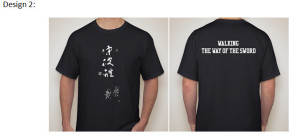
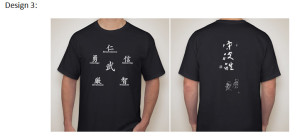
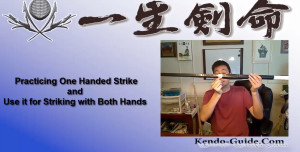 I learned the shinai swinging mechanism at the
I learned the shinai swinging mechanism at the 